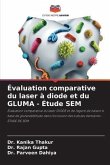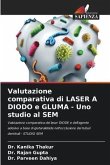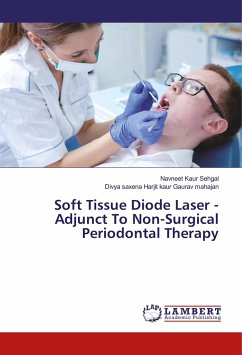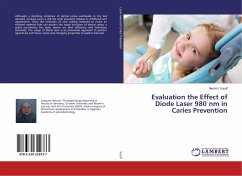Dentinal hypersensitivity is a very common clinical symptom, which consist of sharp pain arising from exposed dentin in response to various types of stimuli and thus can cause considerable concern for patients. Abrasion, attrition, erosion, abfraction, wedge shaped defects, odontagma and periodontal atrophy can all result in dentinal hypersensitivity. Dentinal hypersensitivity (DH) is defined as short, sharp pain arising from exposed dentine typically in response to chemical, thermal or osmotic stimuli that cannot be explained as arising from any other forms of dental defect or pathology. Several theories have been proposed to explain the mechanism of dentinal hypersensitivity, including the transducer theory, the gate control vibration theory and the hydrodynamic theory. The present study was planned to evaluate and compare the effect of 980-nm Diode laser and Gluma desensitizer on dentinal tubule occlusion under scanning electron microscope after their initial application as desensitizing agents on dentin in the treatment of dentinal hypersensitivity.
Bitte wählen Sie Ihr Anliegen aus.
Rechnungen
Retourenschein anfordern
Bestellstatus
Storno








